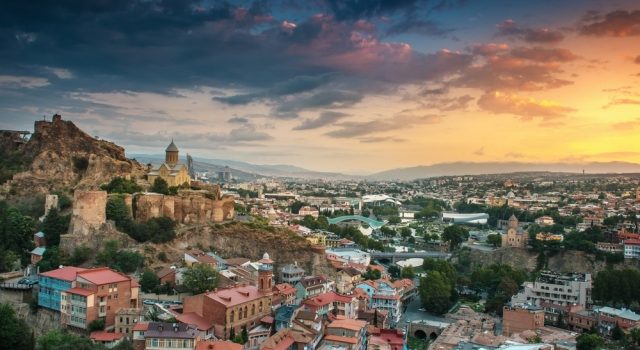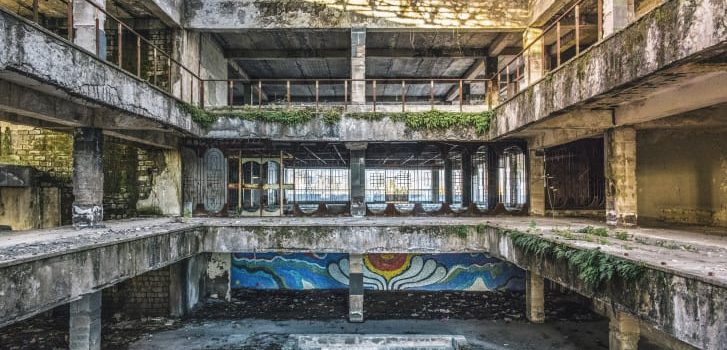‘Discover Georgia’ Page Launched on CNN
Georgian National Tourism Administration (GNTA) of the Ministry of Economy and Sustainable Development, has been actively promoting Georgia as one of the most beautiful and distinguished year-round destinations for spending holidays.
This time, the GNTA has started yet another campaign on one of the world’s leading American media platforms CNN, within the scope of which, CNN has launched ‘Discover Georgia’, a special webpage introducing Georgia’s history, nature and cuisine in the very best way.
‘Discover Georgia’ presents the country to wide audiences through articles, backing them up with the stunning images of the amazing views, historical sightseeing and gourmet pleasures found in Georgia.
“The best way to experience Georgian food is at a supra, a traditional Georgian feast with an endless stream of dishes usually held as a celebration of a special occasion. Being invited is an esteemed honour, and an opportunity not to be missed,” reads the article of the Cuisine section of ‘Discover Georgia’.
The webpage is not the end of the GNTA’s campaign, though. Within the framework of the initiative of the Tourism Administration, the media platform also broadcasts promotional videos about Georgia, and prepares reports and articles on the country’s high tourism potential.
Source: www.georgiatoday.ge; By Ketevan Kvaratskheliya
Photo source: www.georgiatoday.ge
CNN about abandoned Tskaltubo Spa
CNN has recently published an article about the abandoned sanatoriums of Tskaltubo, a town in the west part of Georgia. The article states that throughout the Soviet era, the USSR built 186 sanatoriums across the state. Tskaltubo spa is considered to be one of the best sanatoriums.
The natural springs emanate from limestone massifs deep beneath the ground, releasing radon-carbonated and mineral-enriched water. According to the European Historic Thermal Towns Association, the spa was regarded as “waters of immortality” dating back to 7th century. The springs are believed to have healing properties.
After the fall of the Soviet Union, the sanatorium lost its function, vines, bushes, and weeds found their ways through the pillared hallways into the bathing rooms. Later in 1992, a bloody conflict broke out between government forces and separatists who fought for the independence of Abkhazia, a disputed autonomous republic in northwestern Georgia. After the fall of Sukhumi, the capital city of Abkhazia, thousands of Georgians were forced to flee the city. The refugees found the deserted corridors of the Tskaltubo sanatorium as a shelter.
The refugees have never left the place. The original settlers have had children, and now grandchildren. They had to adapt and create makeshift homes.
The design of the sanatoriums was a model of progressive Soviet architecture. The architecture was a fusion of what is now known as classical Stalinist design and ethnic Georgian decor, as well as Gothic and Roman features.
“They were frozen in time and objects were just sitting there, as if someone had just got up and left. It was as if the buildings were still used by the Soviet citizenship. But the objects had now become artifacts.” – said the photographer Ryan Koopmans. The article is accompanied by his photographs taken in Tskaltubo.
Leaving behind the bad times, the government has begun to re-home refugees and developers plan to relaunch the spa as a luxury tourist destination. Thus, these photographs of Tskaltubo sanatorium might soon be the last memory of the era.
Source: Georgianjournal.ge, Photo: Georgianjournal.ge


